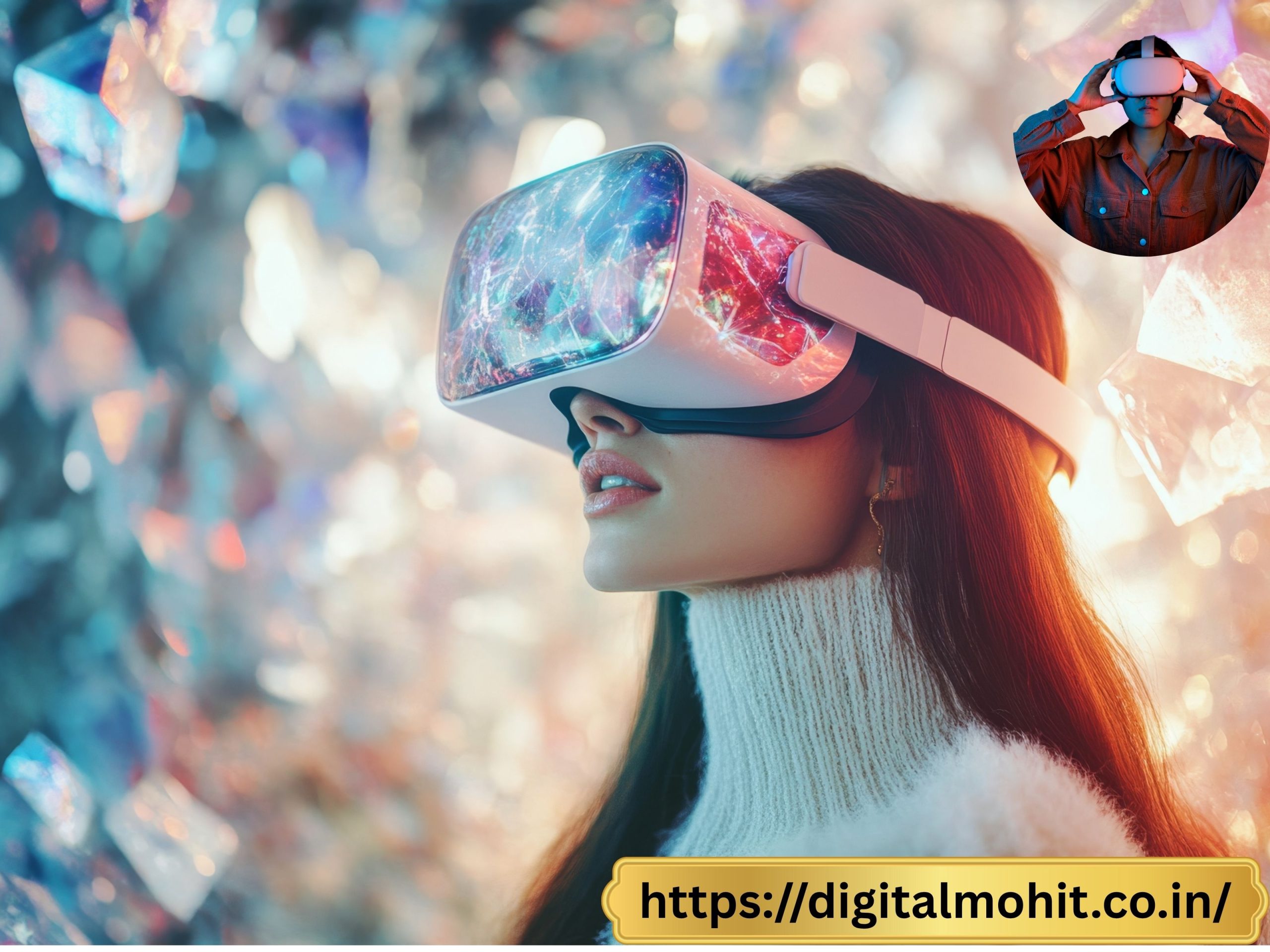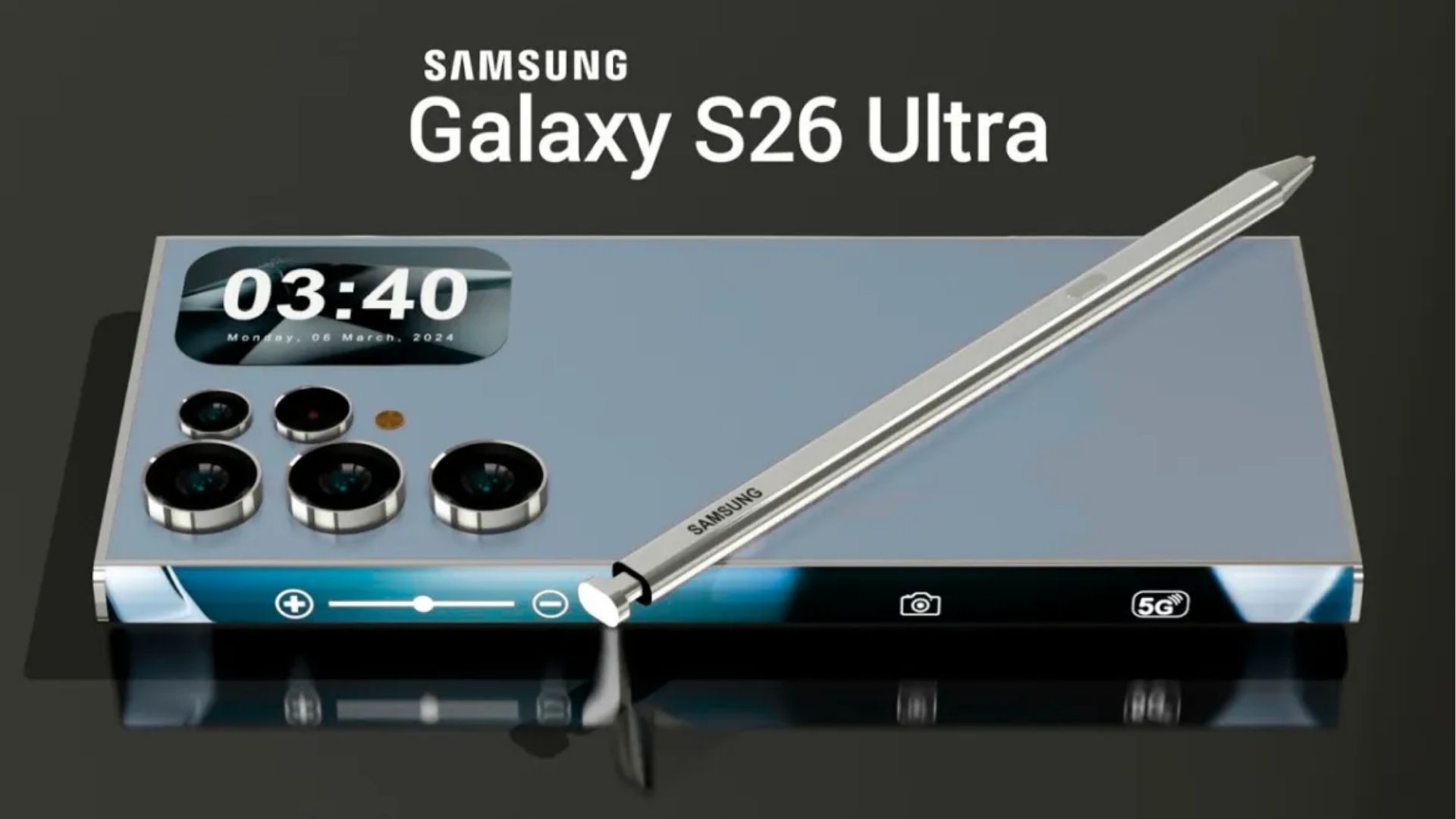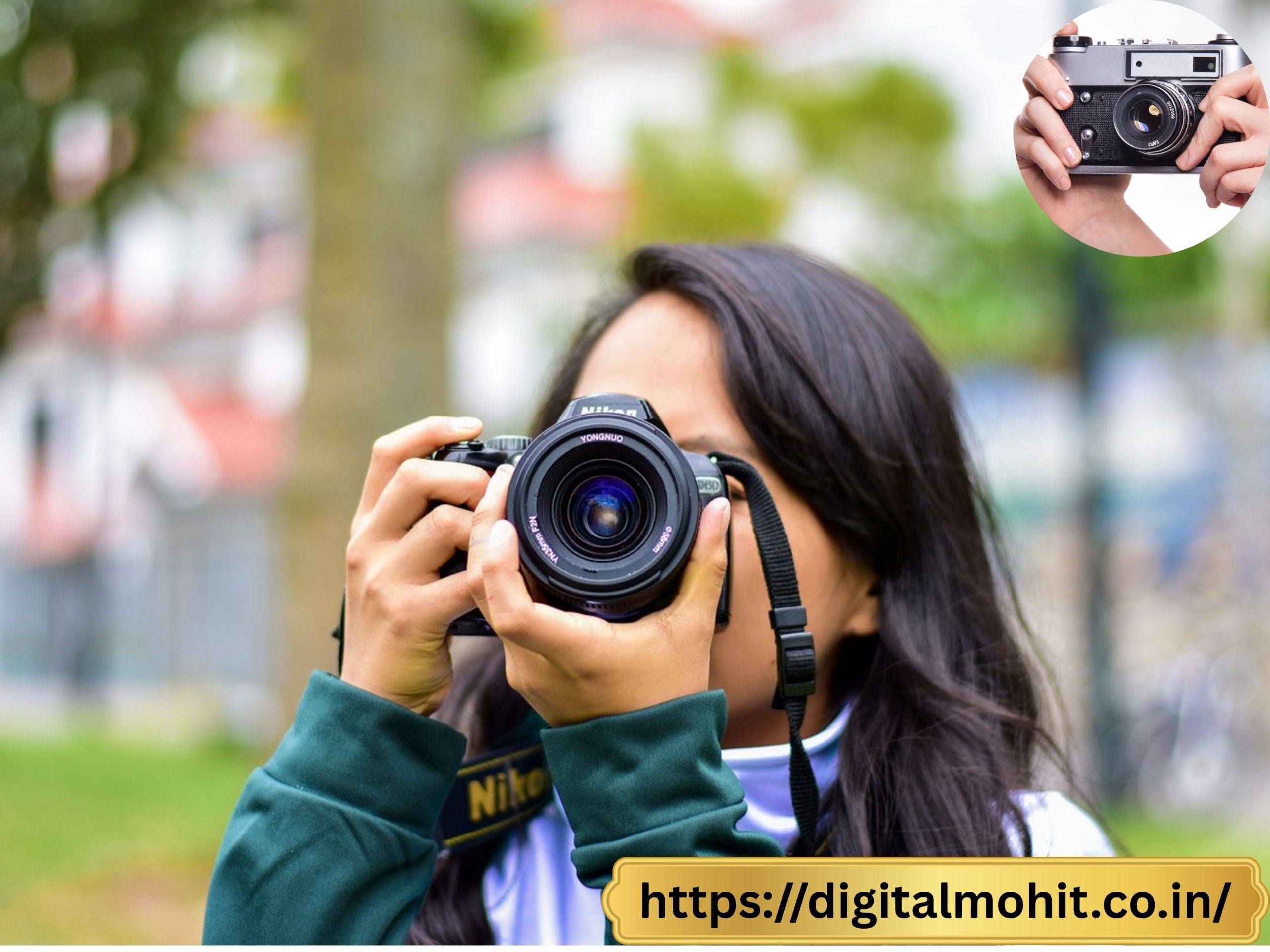A few months ago, I put on a VR headset expecting to be mildly impressed by some virtual architecture or zombie game. What I didn’t expect was to be sitting on my living room floor, tears running down my face, heart pounding — not from fear, but from feeling.
I wasn’t just immersed. I was moved. And that moment shifted how I think about technology, empathy, and what’s coming next for all of us.
READ MORE : https://digitalmohit.co.in/
It Started With a Simple Experience
The VR app was called The Key. It’s an immersive narrative that blends puzzle-solving with a slow, dreamlike story about memory, hope, and loss. No high scores. No guns. Just subtle storytelling in surreal environments.
What struck me wasn’t the visual fidelity — it wasn’t photorealistic. But it didn’t need to be. The combination of sound design, spatial presence, and emotional pacing created something rare: genuine connection in a digital space.
It felt like the experience had reached into my chest and gently held my heart. And then, without warning, squeezed.
Why That Moment Mattered
We’re used to tech wowing us with specs: faster processors, bigger screens, real-time ray tracing. But rarely does anyone say, “This device made me feel more human.”
That’s what VR did for me. And that’s why this moment matters.
Because for the first time, I saw the emotional ceiling of technology rise — not just what we can build, but how it can shape us emotionally, ethically, and empathetically.
Beyond Entertainment: Empathy Machines Are Real
Virtual reality’s greatest power isn’t gaming. It’s perspective-shifting. A well-designed VR experience can put you in someone else’s shoes — quite literally.
- In Clouds Over Sidra, you become a 12-year-old Syrian refugee.
- In Notes on Blindness, you experience vision loss the way a blind person does.
- In Tree, you embody the lifecycle of a rainforest tree — feeling fire and deforestation firsthand.
It’s easy to scroll past tragedies on a feed. But it’s almost impossible to ignore them when you are them, even briefly.
The Hidden Power of Presence
Traditional media gives us windows. VR gives us doors.
When you inhabit a space in VR, your brain is tricked — not just visually, but cognitively — into believing you were there. That changes how we process memory, trauma, learning, and empathy.
And that’s a double-edged sword.
The Ethical Fork in the Road
With great immersion comes great responsibility. If VR can evoke tears of empathy, it can also manipulate. Imagine:
- Propaganda that feels like lived experience
- Advertisements that hijack emotions in 360 degrees
- Desensitization from “shock value” content in hyperrealistic simulations
Just like social media changed communication before we fully understood the consequences, VR could change Virtual reality itself without a playbook.
We must ask now: What kind of realities are we building — and who gets to build them?
Where We Go From Here
I believe VR can be a force for healing, storytelling, and understanding. But it needs more than developers. It needs:
- Ethicists to shape what’s responsible
- Artists to craft experiences that connect
- Educators to use VR as an empathy amplifier
- Users (that’s us) to demand thoughtful content, not just flashy novelties
VR made me cry not because it was perfect — but because it revealed a future that’s closer, more intimate, and more vulnerable than we imagined.
Final Thought: The Tear Is the Interface
In a world obsessed with high-definition, the most powerful resolution might still be the emotional kind.
And if a headset, some headphones, and a few lines of code can break through our hardened shells and make us feel something true?
Then maybe, just maybe, technology is finally growing a heart.
















Leave a Reply